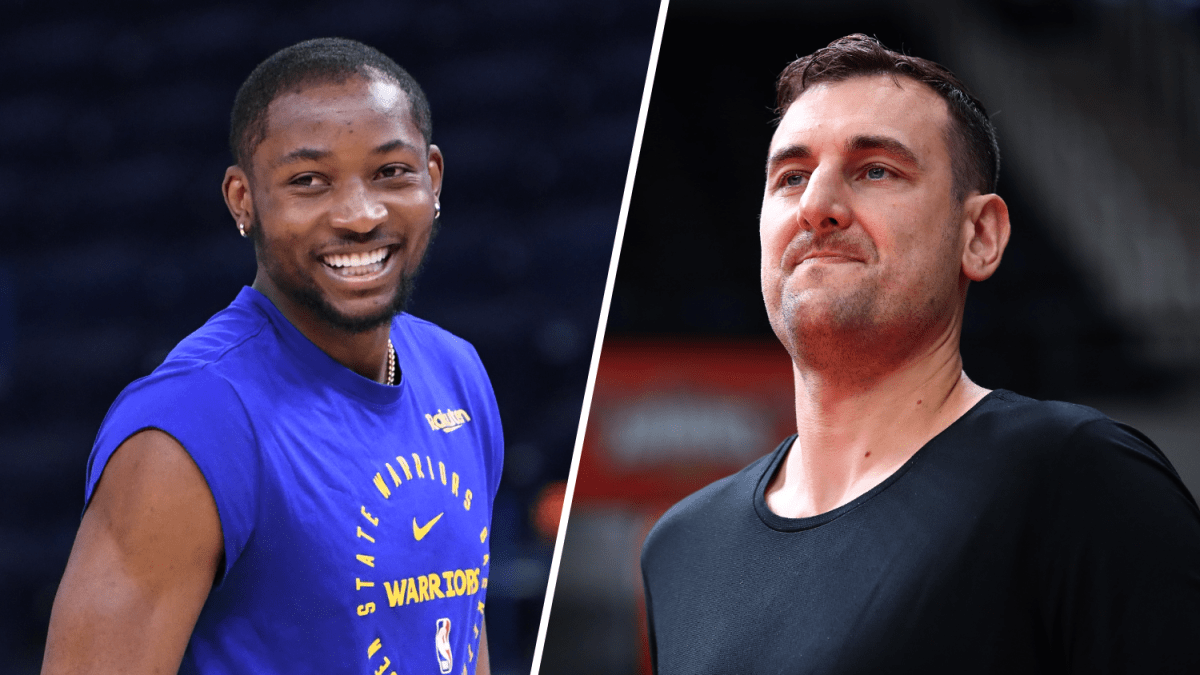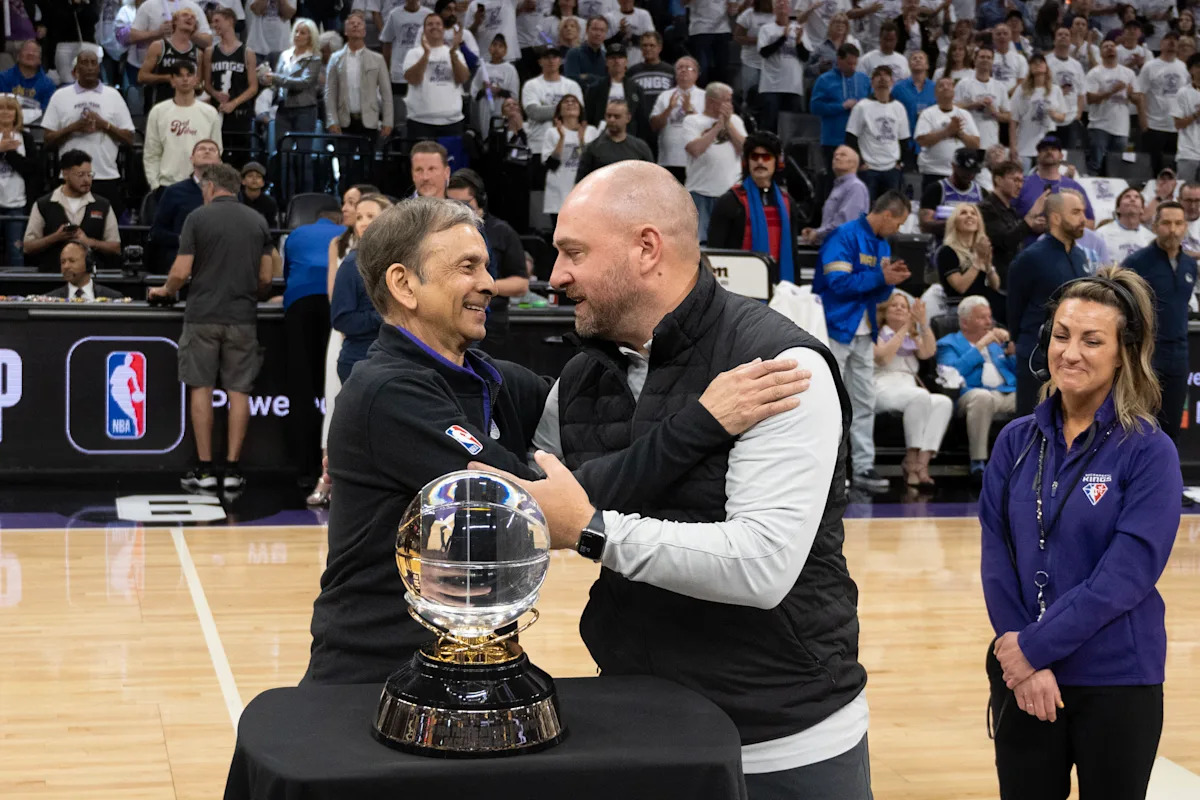Bogut's Bold Take: Is Kuminga's Potential Being Stifled by Warriors' Playbook?
Sports
2025-04-29 01:40:17Content

NBA veteran Andrew Bogut offers candid insights into Jonathan Kuminga's potential struggles with the Golden State Warriors, suggesting that the team's current system might not be the ideal environment for the young player's development.
Drawing from his own experience as a former Warriors center and NBA champion, Bogut believes Kuminga could benefit from a different team dynamic that would better showcase his talents. The seasoned player points out that the Warriors' intricate playing style and established star hierarchy might be limiting Kuminga's growth and opportunities on the court.
Bogut's critique highlights the challenges young players face when trying to establish themselves within a championship-caliber team with deeply entrenched playing patterns. His comments shed light on the potential mismatch between Kuminga's skills and the Warriors' current strategic approach, raising questions about the young player's long-term prospects with the franchise.
As a respected voice in basketball circles, Bogut's perspective offers a nuanced look at the complexities of player development and team dynamics in the modern NBA.
Kuminga's Warriors Dilemma: A System Mismatch or Untapped Potential?
In the high-stakes world of NBA basketball, player development is a delicate dance of talent, strategy, and organizational alignment. The Golden State Warriors, once a beacon of basketball innovation, now find themselves at a crossroads with young talent Jonathan Kuminga, whose potential seems to be simmering just beneath the surface of the team's complex ecosystem.Unlocking the Hidden Potential of a Rising NBA Star
The Systemic Challenge of Player Integration
Andrew Bogut's critical observation about Kuminga's fit within the Warriors' system reveals a deeper narrative of organizational dynamics and player development. The former championship center suggests that the team's intricate playing style may not be providing the optimal environment for Kuminga's unique skill set. This systemic constraint goes beyond mere playing time, delving into the nuanced world of basketball philosophy and individual player growth trajectories. The Warriors' renowned motion offense and complex ball movement require players to adapt quickly and seamlessly. For a young talent like Kuminga, this presents both an opportunity and a significant challenge. His raw athleticism and potential seem to be constrained by a system that demands precision and collective intelligence, potentially limiting his natural instincts and explosive capabilities.Navigating the Competitive Landscape of NBA Talent Development
Kuminga represents a generation of versatile athletes who don't always fit neatly into traditional basketball archetypes. His journey with the Warriors highlights the delicate balance between organizational structure and individual player development. The team's championship pedigree, while impressive, may inadvertently create a high-pressure environment that can stifle young talent's natural progression. The complexity of Kuminga's situation extends beyond simple statistical measurements. It's a multifaceted challenge involving coaching strategies, team dynamics, and the intricate process of transforming raw potential into consistent NBA performance. Bogut's critique suggests that the Warriors might need to recalibrate their approach to nurturing young talent, recognizing that not every player can immediately conform to their established system.The Psychological Dimensions of NBA Player Development
Professional basketball is as much a mental game as a physical one. For Kuminga, the psychological impact of feeling misaligned with the team's system can be profound. The constant negotiation between individual aspiration and team expectations creates a complex emotional landscape that can significantly influence a young player's confidence and performance. The Warriors' historical success creates an additional layer of pressure. With a legacy of championship basketball and a culture of exceptional team play, young players like Kuminga must navigate an environment that demands immediate excellence while simultaneously developing their unique skills. This delicate balance requires extraordinary adaptability and mental resilience.Strategic Implications for Future Player Acquisition
Bogut's insights potentially signal a broader conversation about how NBA teams approach player development. The Warriors, known for their innovative approach to basketball, might need to reassess their strategy of integrating young talent. This could involve more flexible systems that can adapt to individual player strengths rather than expecting players to conform entirely to a predetermined style of play. The situation with Kuminga serves as a case study in the evolving landscape of professional basketball, where traditional developmental models are being challenged by a new generation of multi-dimensional athletes who defy conventional categorization.RELATED NEWS
Sports

High School Heroics: Vermont's Weekend Sports Showdown Reveals Thrilling Matchups
2025-04-08 08:02:37
Sports

NHL's Global Game-Changer: How the 4 Nations Tournament Could Reshape Professional Hockey
2025-02-25 13:20:39






